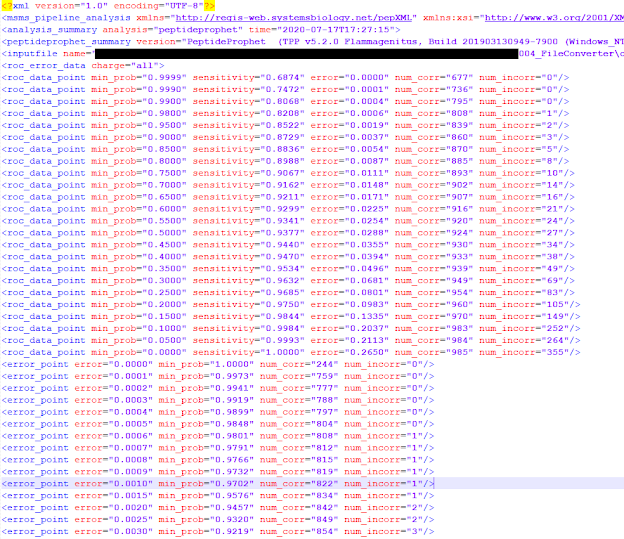GSOC Final Report

What was the goal? A recent publication (found here ) describes a metric to evaluate the suitability of a database used for an identification search of LC-MS/MS data. This is useful because sometimes you don't now from which organism the data is coming from. In that case it is also very challenging to find the best database to search with. OpenMS (codebase located on github ) is a huge open source library with a lot of tools to analyze mass spectrometry data. The goal of this project was to implement the freshly proposed metric as a tool in OpenMS. The paper also describes another metric so score the quality of the recorded spectra. This metric was also to be implemented, but it is a lot more trivial and not doesn't need that much attention. Was the goal achieved? Yes, it was. One week ago the final version of the database suitability tool was merged. This tool calculates database suitability and spectral quality according to the algorithms presented in the paper. All algori...




